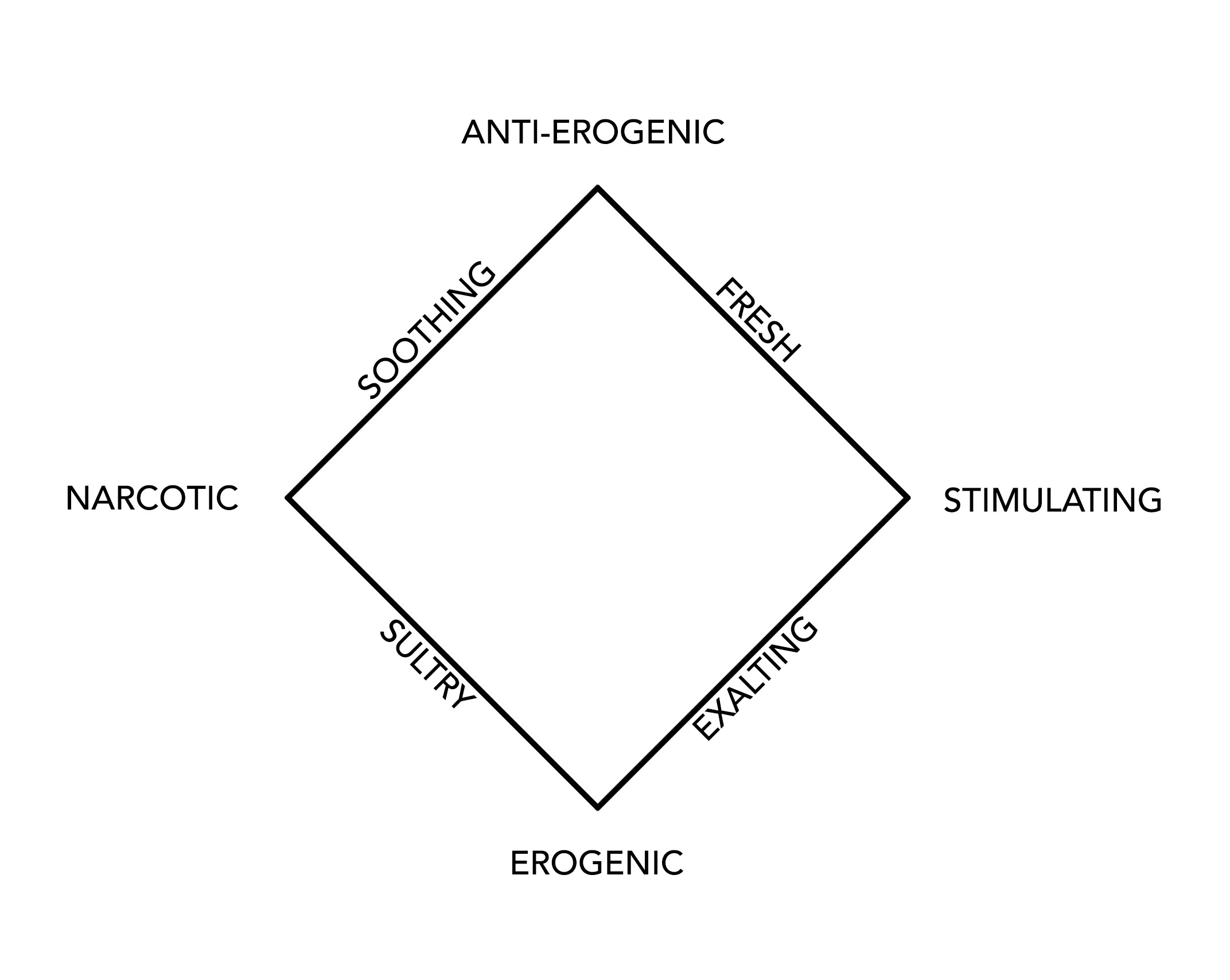by Jim Peterson | Jun 28, 2020 | Uncategorized
An Introduction to Perfumery dedicates an individual page to a wide selection of naturals and synthetics. Each page starts with a measure of “Odor Intensity” which is on a scale of zero to six. In the center of the page is a big diagram of the molecule. To the right,...
by Jim Peterson | Jun 28, 2020 | Uncategorized
First published in 1994, An Introduction to Perfumery by Tony Curtis and David Williams, is a perfumer’s classic. Much of the large volume (778 pages) is dedicated to the business of large perfume companies. This holds little interest for me since Brooklyn Perfume...
by Jim Peterson | Jun 28, 2020 | Uncategorized
Dr. Jellinek leads us into a description of 14 aroma chemicals. Some are less important than others—they are familiar compounds and have been much written about—but I did find a couple of interesting comments. One entry is about l-citronellol. Citronellol is a classic...
by Jim Peterson | Jun 28, 2020 | Uncategorized
The Practice of Modern Perfumery continues its discussion of the odor wheel. As we’ve seen, the lines between each of the points represent sultry, fresh, exalting, or soothing odor effects, while those points that are in opposition–anti-erogenic versus erogenic,...

by Jim Peterson | Jun 28, 2020 | Uncategorized
While The Practice of Modern Perfumery offers a number of formulas, it’s the incidental stuff I find most exciting. Author Dr. Paul Jellinek categorizes aromas into four groups: Animal (fatty; waxy; sweaty; putrid)Flowers and balsamsTerpenes and camphors...
by Jim Peterson | Jun 28, 2020 | Uncategorized
When I began blending perfumes, I added ingredients, drop by drop, into small vials. The results were getting skewed because the test strips were absorbing too much. If I were starting out with only a few drops, the absorption of a single drop was enough to shift the...
